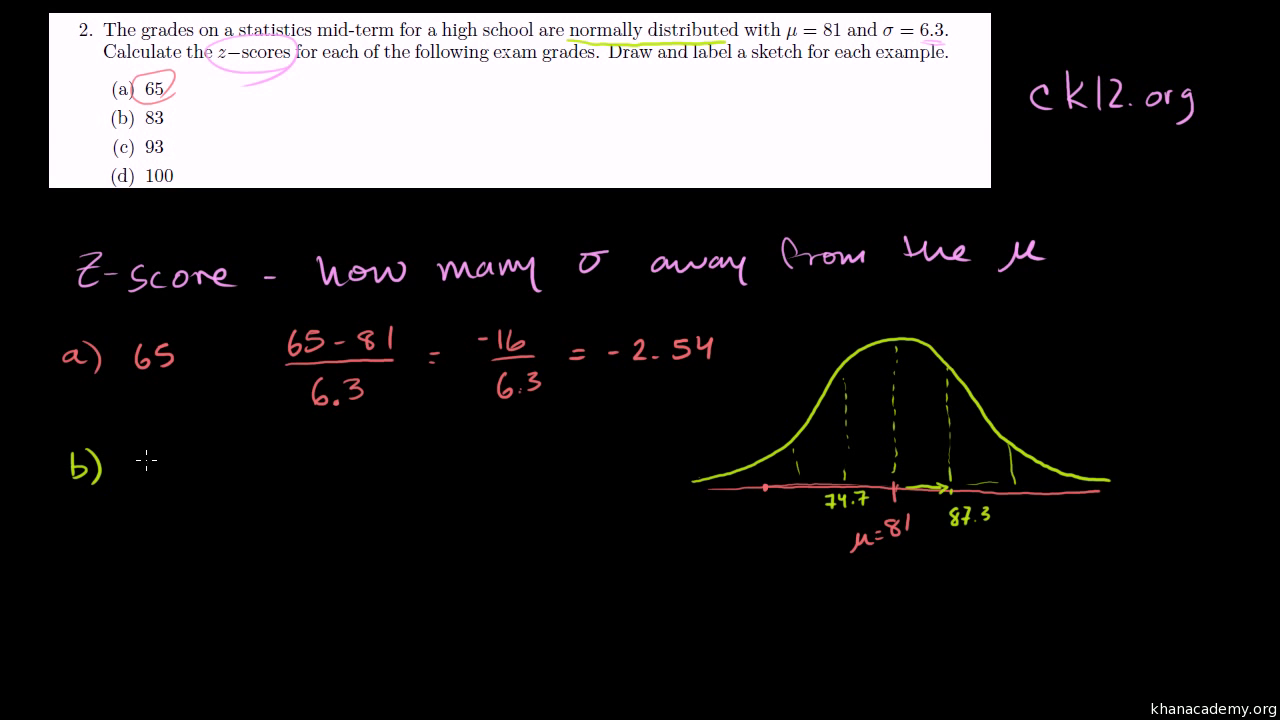

This is a video presented by Alissa Grant-Walker on how to calculate the coefficient of determination. For more information, please see [ Video Examples Example 1 Khan academy math probability - Learn statistics and probability for free-everything youd want to know about descriptive and inferential statistics. To account for this, an adjusted version of the coefficient of determination is sometimes used. Thus, in the example above, if we added another variable measuring mean height of lecturers, $R^2$ would be no lower and may well, by chance, be greater - even though this is unlikely to be an improvement in the model. This means that the number of lectures per day account for $89.5$% of the variation in the hours people spend at university per day.Īn odd property of $R^2$ is that it is increasing with the number of variables. PS.5.16 The student, given a practical problem, will PS.5.16.

There are a number of variants (see comment below) the one presented here is widely used PS Probability and Statistics PS.5.15 The student will determine the probability of an outcome by constructing a sample space or using the Fundamental (Basic) Counting Principle. It is therefore important when a statistical model is used either to predict future outcomes or in the testing of hypotheses. In the context of regression it is a statistical measure of how well the regression line approximates the actual data.

The coefficient of determination, or $R^2$, is a measure that provides information about the goodness of fit of a model. Contents Toggle Main Menu 1 Definition 2 Interpretation of the $R^2$ value 3 Worked Example 4 Video Examples 5 External Resources 6 See Also Definition


 0 kommentar(er)
0 kommentar(er)
